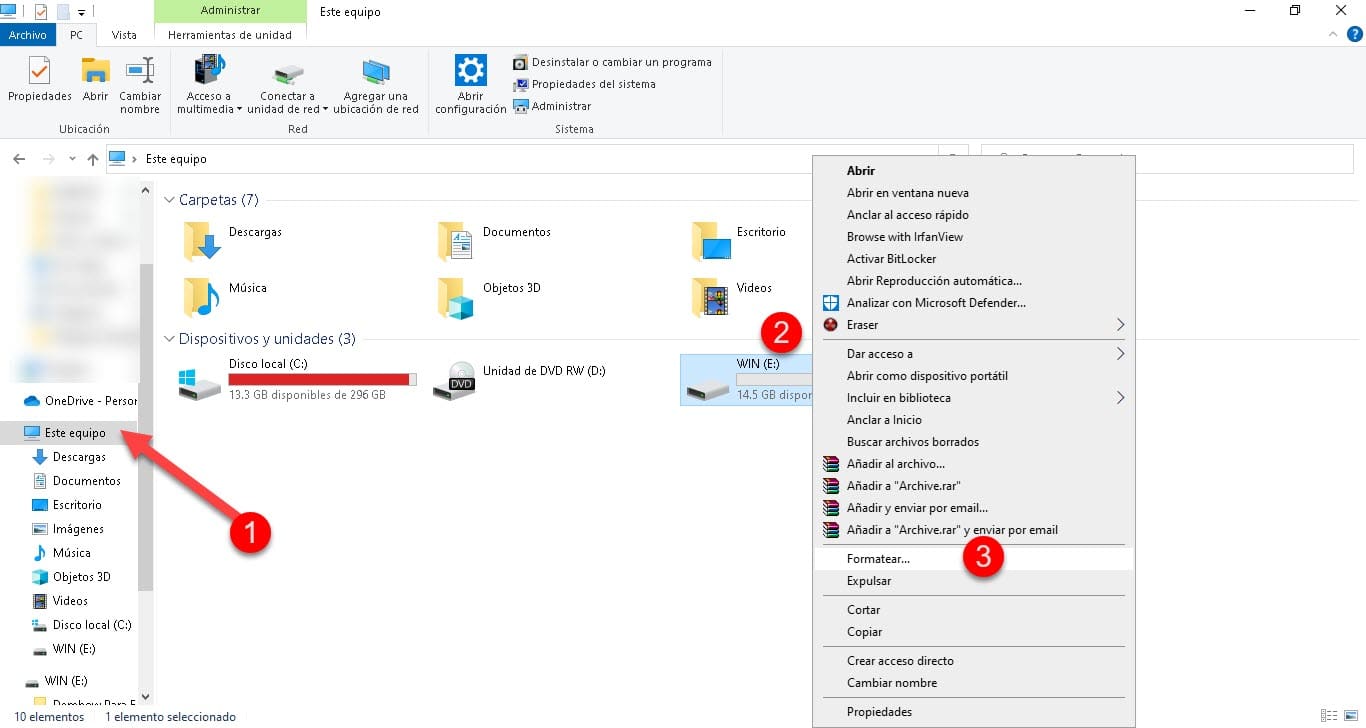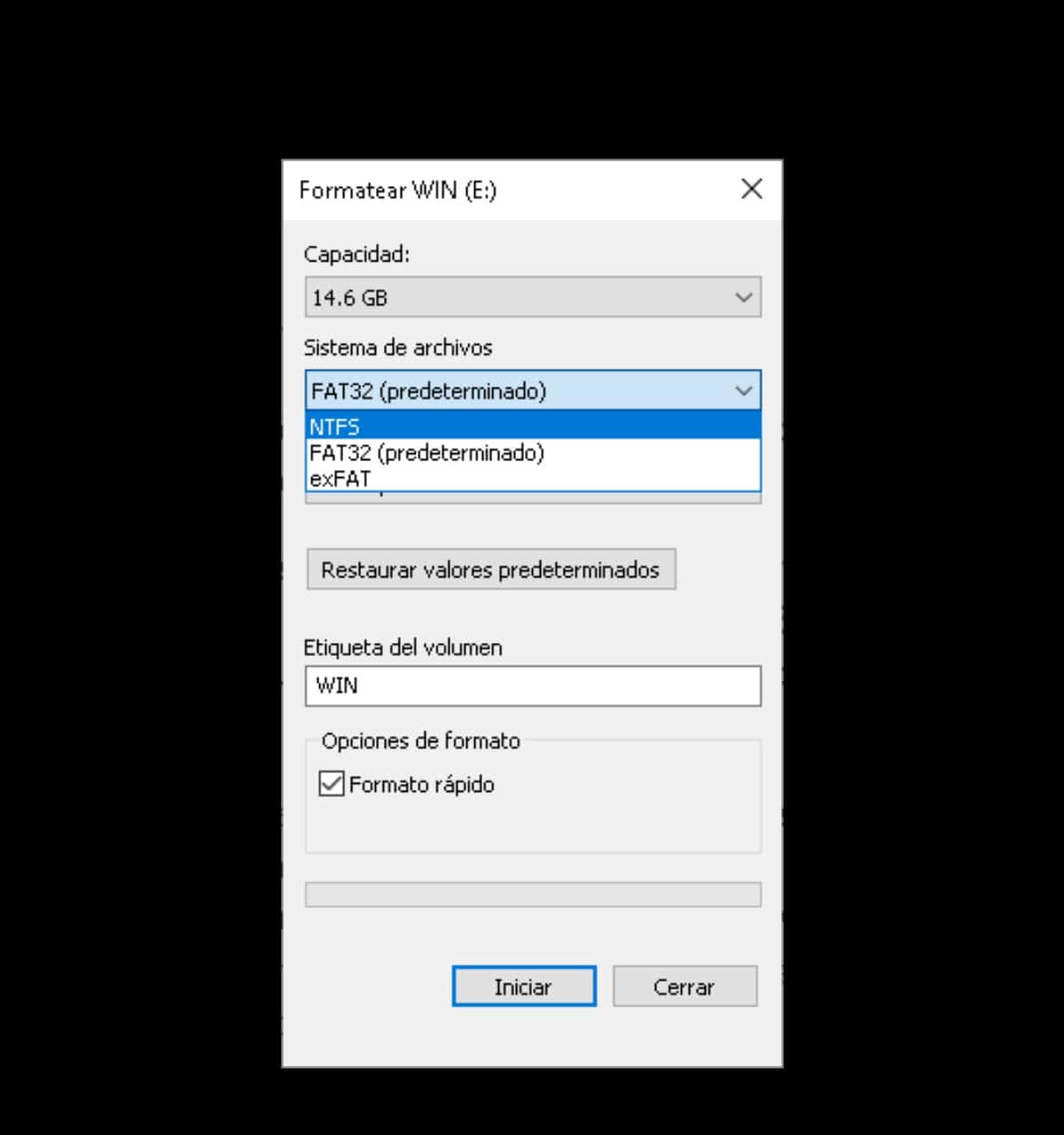
Storage units have a very interesting logical composition that, although transparent to the user, is worth knowing. This means that, in their software layer, hard drives and removable memories have some characteristics that directly affect how we use them. A very clear example is found when we try to save a file to a drive and Windows gives us a message indicating that the file is too large for the destination file system. This is quite common and then we are going to tell you what it is.
Storage units are made up at a logical level of what we call a file system and this is the source of the problem that prevents you from taking large files to your external drive. However, you have come to the right place and here we will tell you everything you need to know about it.
Why do I get the message: The file is too large for the destination file system?
If you have received the message “the file is too large for the destination file system”, you should turn your attention to precisely what the notification indicates: the file system.
The file system is the logical structure under which the storage units manage everything related to data management. This implies from the saving of data, passing through its elimination and recovery. We select the type of file system that we will use in our storage unit right at the moment we format it. In this way, we can choose if we want to use FAT32 or NFTS.
In that sense, the appearance of the message that indicates that the file is too large for the destination file system is due to the fact that we are copying a file of more than 4GB in a drive with FAT32. This is one of the most long-lived file systems that exist, however, it is also something that works against it for having limitations like this. In this way, the solution we have to face this inconvenience is to format the disk or removable memory by selecting NFTS.
How to format a storage drive?
If you want to work around the 4GB per file limit on your removable storage drive, then we need to format it. In that sense, you must previously take into account the fact that all the information will be eliminated.. Therefore, it is best to make a backup of the files to restore them after changing the format of the disk.
To format an external drive or flash drive, it is not necessary to install or resort to third-party solutions, because we can do it from Windows. Additionally, the operating system has a Disk Management utility for more advanced needs such as creating partitions.
The first step in this process will be to connect your storage drive to your computer. Next, open Windows Explorer, enter the “Computer” section and then locate your drive to select it. Immediately, right click and select the option “Format".

This will open a small window where we will see the capacity of the drive and right after, the file system. Click it and the FAT32 and NFTS options will be displayed, select the latter to avoid the “file is too large for the destination file system” message when copying a file larger than 4GB.

Finally, click on the “Start” button and wait for the process to finish.
Change format without losing data
Windows also offers the possibility of changing the format of the storage unit without data loss, however, to use it, we must interact with the command interpreter. In that sense, open a Command Prompt with administrator privileges and enter the following command: convert DriveLetter: /fs:ntfs /nosecurity
Where “DriveLetter” is the letter assigned by the system to the storage unit. After typing the command, press Enter and wait for it to notify you that the process has finished. In this case, your information will remain intact and now you can paste files larger than 4GB.
Should I stop using FAT32?
Considering the limitation of the Fat32 format to occupy large files, the question immediately arises as to whether to continue using it or not. The answer to this will depend entirely on the needs of the users. For example, if you have a flash drive that you use to play music in your vehicle or on any other device outside the home, it is best to use this format. Similarly, if you have files or programs that need to be run on multiple devices, it's best to keep FAT32, because it's the most compatible format.
Meanwhile, NFTS is useful on those storage units where we know we are going to store large files. For example, if you have an external disk to make backups, it is best to have it in NFTS in order to support the data load that we will give it.